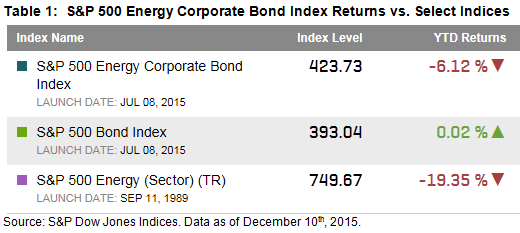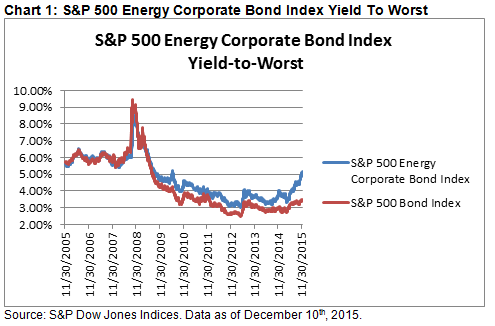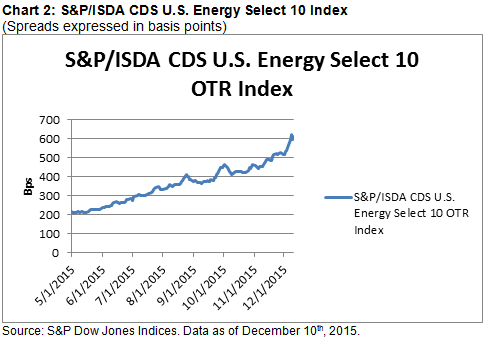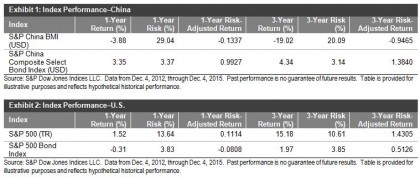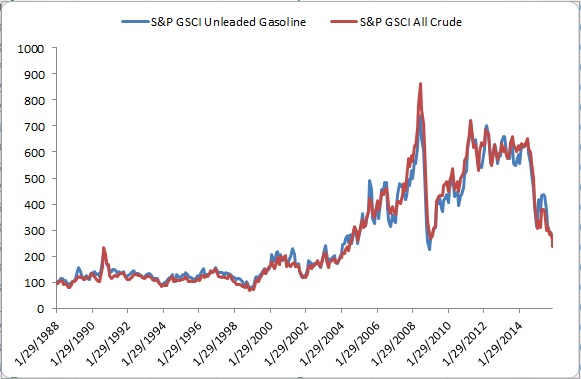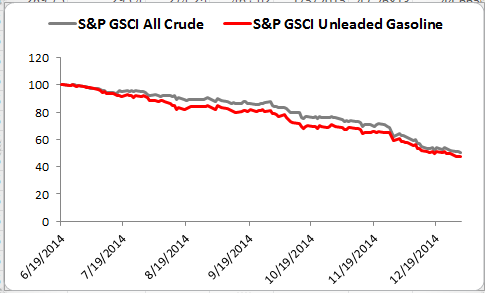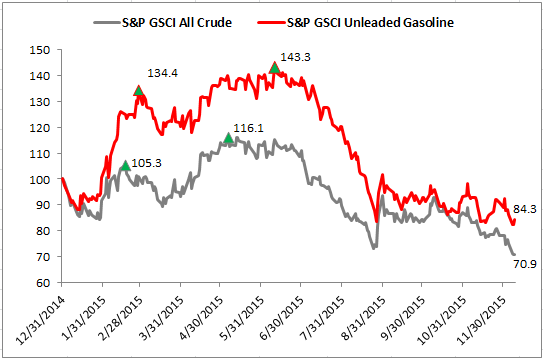With the release of the latest SPIVA® Cross-Country Comparison results, the debate between active and passive investment management has once again ignited. Proponents of passive management point to the SPIVA data as evidence of the inability (in aggregate) of asset managers worldwide to beat relevant passive indices over meaningful periods of time. Meanwhile, proponents of active management suggest weaknesses in the passive approach, including the potential for active management to protect “on the downside” relative to index-weighted portfolios.
There are real dollars riding on winning the active versus passive argument. Every time the debate re-emerges, battlelines are drawn and positions are defended vigorously around one question: is it possible to outperform on a risk-adjusted basis (generate “alpha”) consistently over an extended period of time?
Alpha is the part of a security’s return that remains after accounting for all known embedded risk factors. Why is it seen as the pinnacle of investing? Because in a world where we are told there are “no free lunches,” alpha is just that; a return component above that required for bearing all known risks, and thus attributed to investment skill.
In a competitive market where everyone has access to the same information and acts on it with equal speed, alpha can indeed be a sign of skill. It could just as easily be a product of luck. Over short periods of time, investment skill is indistinguishable from luck. The longer a fund manager consistently delivers alpha, the more probable it is that skill rather than luck explains the alpha.
The case for passive investing is often held to rest on the Efficient Market Hypothesis (EMH). It suggests that in a market that is efficient, all relevant information is already incorporated into each security’s current price, and any new information will be incorporated too fast to consistently act on and profit from.
While some proponents of active management view EMH adherents as nay-sayers lost in the axioms of their own theoretical world, the disdain is not reciprocated. EMH is a vindication of the competitive spirit of capital markets, not a criticism of it. Alpha is hard to find precisely because there are so many highly intelligent and extremely motivated people looking for it.
In 1979, according to the Investment Company Institute, there were some 530 mutual funds in the U.S. By 2013, this number had increased 14 fold to exceed 7,500 funds. Asset management has been a favored destination for MBA graduates the world over for at least the past two decades. They, along with CFA charter holders and those with doctorates in physics and applied mathematics, compete for entry into the lucrative world of asset management.
Yet, armed with all this prodigious human talent together with the fastest computational technology, alpha has become harder to consistently generate. Why?
The answer may lie in the “paradox of skill,” a phenomenon that has been observed in competitive arenas such as professional sports. The crux of this paradox is that as time passes and competition intensifies, the skill level of the average participant increases. Importantly however, the spread of skill, from the most talented to the least, reduces with time. In an environment where the absolute skill level is rising while the relative skill level is in decline, luck starts to play a larger role in outcomes.
Take baseball. Why has no player in Major League Baseball had a batting average over .400 since Theodore “Ted” Williams of the Boston Red Sox hit .406 in the 1941 season, despite pros becoming far better conditioned over the intervening 70+ years?
In a similar fashion, the batting average of legendary Australian batsman Sir Donald Bradman of 99.94 runs (from 1928-29 to 1948) has never been matched in the modern era, where an average above 50 is rare.
Both Williams and Bradman were superb athletes of their day, yet it is unlikely that they would have been able to replicate their stats against the average opponent of the modern era.
The dawn of professional sport heralded a revolution in training, diet, physical and mental conditioning, and data analytics. The result is an overall skill level in elite sports today incomparably higher than the past, yet without the most skilled players able to dominate as they could in previous eras.
A similar force is at work in professional investment management. The average fund manager today is the financial equivalent of a professional athlete, with every advantage that a high IQ, elite education, and rigorous training can bestow, and yet despite all these attributes, the SPIVA results are unequivocal. The ability to beat the market on a risk-adjusted basis consistently over time, especially after fees and taxes, isn’t getting any easier.
Blame it on the paradox of skill.
The posts on this blog are opinions, not advice. Please read our Disclaimers.













































